The Future of Remote Engineering Culture: Holograms, VR Offices and Digital Water-Coolers
Immersive tech and AI are redefining remote engineering culture—enabling virtual offices, reimagined rituals, and digital trust. But scaling empathy and inclusion in these spaces demands intentional, ethical design.
Introduction
A decade ago, remote engineering culture was largely an afterthought. For most organizations, co-location was assumed to be the default mode for building trust, collaborating on code, and shipping software. Tools like GitHub, Jira, Slack, and Zoom allowed for asynchronous and real-time collaboration, but they were often seen as proxies—convenient stand-ins for "the real thing." The COVID-19 pandemic fundamentally shifted this perspective, forcing engineering teams worldwide to adopt remote-first models and revealing both the limitations and possibilities of digital collaboration.
Now, as the world adapts to a post-pandemic reality, engineering leaders are grappling with a critical question: What does it mean to be present in a virtual workspace? Can the essence of engineering culture—collaboration, psychological safety, trust, shared rituals—be authentically reproduced or even enhanced in a virtual setting?
Immersive technologies such as virtual reality (VR), augmented reality (AR), spatial computing, and even holographic projection are no longer confined to the realm of gaming or sci-fi. Companies like Meta, Microsoft, and Accenture are already piloting these tools to create immersive virtual workspaces. Meanwhile, artificial intelligence is becoming a facilitator of social and operational rituals, from running sprint retrospectives to monitoring team sentiment.
But the shift is more than technical—it is deeply cultural. How do we build trust in a team when eye contact is simulated and body language is mediated through avatars? How do we ensure inclusion and psychological safety when some teammates are joining via headset and others through traditional screens? What does a digital "water-cooler" look like, and can it ever replicate the spontaneous interactions that form the bedrock of creative collaboration?
This article presents a critical examination of the technologies, practices, and human dynamics reshaping remote engineering culture. It explores the promise and peril of immersive collaboration, offers a framework for understanding AI's cultural role, and proposes original concepts like "ambient rituals" and "trust at the edge" to help engineering teams adapt to a new era. Ultimately, it argues that the future of engineering culture will not be defined by tools alone, but by how thoughtfully we embed values, empathy, and trust into the systems we build and use.
Immersive Workspaces: VR, AR, and Holograms
Immersive technologies have evolved from niche applications into a viable platform for collaborative knowledge work. Virtual reality (VR), augmented reality (AR), and holographic interfaces are leading this charge, reshaping how engineering teams meet, brainstorm, and build.
The Rise of Immersive Platforms
Meta's Horizon Workrooms is perhaps the most public-facing attempt to normalize VR in business settings. Users don headsets like the Meta Quest Pro to enter persistent 3D environments, where avatars simulate gestures, spatial presence, and even shared whiteboards. Similarly, Microsoft Mesh integrates with Teams to create holographic meeting spaces using HoloLens or compatible AR headsets. These platforms aim to reproduce spatial proximity and body language—two major components lost in standard video conferencing.
In enterprise pilots, such tools have shown promise. Accenture famously onboarded over 150,000 new hires in a virtual campus built within the Metaverse. They reported higher engagement and recall rates compared to traditional remote onboarding. Meanwhile, GitLab has experimented with VR integrations to simulate pair programming and remote offsites, although adoption remains limited due to hardware constraints and user comfort.
The Engineering Use Case
While immersive workspaces are often showcased with sales or design teams, engineering has specific collaboration needs that are beginning to be addressed:
- Whiteboarding sessions for system architecture and data flow design can benefit from spatial layouts and hand gestures.
- Pair programming in VR allows for side-by-side avatar collaboration, simulating proximity and shared focus.
- Daily stand-ups can occur in persistent, themed rooms that reflect team identity or project focus.
Importantly, spatial computing opens the door to entirely new UI paradigms. For example, engineers might "walk through" a system architecture, literally exploring components in 3D space. This could boost comprehension and cross-functional communication, especially for new team members or non-engineers.
Challenges to Adoption
Despite the promise, several obstacles remain:
- Hardware friction: High-quality headsets are still expensive, bulky, and not universally supported across enterprises.
- Accessibility: Neurodivergent individuals and those with motion sensitivity may struggle with immersive environments.
- Fatigue and isolation: Extended use of VR can lead to "VR fatigue," and fully immersive setups may increase psychological isolation.
Nevertheless, as spatial computing matures and hardware becomes lighter and cheaper, these environments are likely to become more inclusive and widely adopted. The long-term trajectory suggests not a replacement for traditional tools, but a hybrid ecosystem where immersive environments augment specific workflows.
Engineering Rituals Reimagined
As engineering teams lean further into immersive technologies, core team rituals are undergoing a profound transformation. Stand-ups, retrospectives, pair programming, and even casual team bonding are evolving into richer, more embodied experiences. These changes are not merely cosmetic; they touch on foundational elements of organizational behavior: synchrony, trust, and psychological safety.
Mixed-Reality Stand-Ups and Retrospectives
In traditional remote settings, daily stand-ups and sprint retrospectives can quickly degrade into status updates. But in mixed-reality environments, these rituals can be revived with spatial fidelity and expressive affordances. Teams using platforms like Meta Horizon Workrooms or Mozilla Hubs can create persistent virtual meeting rooms styled after project metaphors—like a digital control room for DevOps or a spacecraft bridge for game development teams.
Avatars in these spaces can be designed to convey emotion, attention, and intent through gestures and eye movement. Tools like Embodied Labs and Spatial have experimented with emotion-driven avatars that adapt to voice tone and posture. The result is a ritual that feels less transactional and more embodied—evoking a sense of being there with the team.
Retrospectives, often emotional and reflective, can benefit even more. Interactive 3D whiteboards and AI co-facilitators can help surface discussion trends, generate insights from past data, and offer prompts based on prior team dynamics.
Ritualized Digital Bonding
One overlooked consequence of going remote is the erosion of ambient rituals—those subtle, repeated actions that bind teams together. Coffee chats, hallway nods, shared lunches. In immersive environments, these can be reimagined through:
- Spatialized digital water-coolers: Persistent VR lounges where presence is ambient, and conversations can happen serendipitously.
- Ritual spaces: Custom-designed team sanctuaries—e.g., a campfire circle for retros, or a zen garden for brainstorming—built with symbolic team identity in mind.
Such rituals build what sociologist Randall Collins calls "interaction ritual chains"—reinforcing team cohesion through shared, meaningful experiences.
Pair Programming and Code Review in VR
Perhaps one of the most promising use cases for immersive collaboration is pair programming. Using shared virtual desktops, engineers can now sit side-by-side in a VR environment, reviewing code in real time. Eye-tracking and gaze indicators show where each developer is focused. Some platforms even support real-time voice transcription and multilingual overlays.
Code reviews also take on new form. Rather than flat GitHub comments, teams might walk through a 3D visualization of the codebase, highlight flows, and discuss architectural decisions while literally navigating system components.
While still nascent, these approaches signal a broader shift: rituals once bound by physicality are being reimagined as immersive, participatory, and culturally rich experiences.
AI as Facilitator, Observer, and Culture Engine
As artificial intelligence matures beyond narrow task automation, it is beginning to take on more complex roles in team environments: that of a facilitator, observer, and even cultural mirror. In remote engineering contexts, AI is not just another tool—it’s becoming an active participant in shaping how teams interact, build trust, and define norms.
Facilitating Without Fatigue
One of the most immediate benefits of AI in distributed teams is logistical streamlining. AI tools now help schedule meetings across time zones, transcribe and summarize conversations, and monitor discussion equity. But beyond automation, AI is increasingly stepping into real-time facilitation.
Tools like Otter.ai and tl;dv summarize meetings in natural language and track speaker sentiment. More advanced prototypes—seen in labs and forward-leaning startups—include AI agents that:
- Moderate discussions, enforcing equitable turn-taking.
- Visualize themes as they emerge in real-time conversation.
- Adapt facilitation styles, modulating tone or interaction modes based on team behavior.
These agents can relieve human facilitators of the cognitive load required to manage both process and participation—enabling more inclusive and psychologically safe interactions.
AI as the Team Historian
In high-functioning engineering teams, shared memory is a hidden asset: an evolving awareness of what decisions were made, how past sprints unfolded, and what values shape the team’s identity. AI can now serve as a team historian—tracking not just documentation, but behavioral trends.
Some emerging features include:
- Automated sprint retrospectives based on Git logs, commit comments, and ticket velocity.
- Social graph visualizations that show who collaborates most frequently (and who might be siloed).
- Anomaly detection to flag when a team’s collaboration or communication diverges from norms (e.g., sharp drops in code reviews or stand-up participation).
This persistent ambient awareness can surface issues before they escalate—burnout, disengagement, or fragmentation. More provocatively, it can also help teams reflect on their values in action.
The Culture Mirror: Reflecting (and Shaping) Norms
Perhaps the most speculative but profound role for AI is that of a cultural engine: reflecting team values and even reinforcing desired behaviors. Imagine a system that prompts moments of celebration when a PR is merged after a tough sprint. Or one that detects tone shifts in messaging tools and nudges for empathy when team stress rises.
Early examples include:
- Humane dashboards that aggregate team sentiment from Slack, Jira, and retros.
- AI-generated cultural insights—"This sprint saw the highest peer recognition in three months" or "Bug triage participation dropped sharply after remote offsite."
- Norm modeling, where AI learns what “healthy collaboration” looks like in a specific team context and offers adaptive scaffolding.
Of course, this cultural modeling raises questions of autonomy and consent. Do team members opt into being "read" by machines? Is there room for subversion or friction? Can AI support culture without enforcing conformity?
Used responsibly, AI can reinforce humanity rather than displace it—by surfacing care, recognizing effort, and facilitating meaning. The challenge is not technical but ethical: designing systems that mirror our best intentions without codifying bias or undermining agency.
Trust at Scale: From Digital Water-Coolers to Empathy Engines
In co-located environments, trust and empathy often emerge from micro-interactions: hallway chats, spontaneous coffee breaks, or a shared laugh before a meeting. These moments humanize teammates, building the foundation for psychological safety. In remote settings, particularly those mediated by immersive or asynchronous technologies, such serendipitous contact is less likely to occur by accident—it must be designed intentionally.
The Rise of Digital Water-Coolers
Digital water-coolers are virtual spaces meant to simulate informal office interaction. Platforms like Gather, Kumospace, and Teamflow create visual, spatial interfaces where avatars can “bump into” each other, initiate spontaneous chats, or observe ambient activity. These tools aim to bring back the invisible glue of workplace culture: the non-work banter, unplanned encounters, and casual mentoring.
For engineering teams, this might mean:
- A virtual “lounge” open 24/7 where engineers can drop in during deep work breaks.
- Background visibility into who's available, what people are working on, or even listening to.
- Spatial social design—placing virtual desks near collaborators or teammates with shared goals.
These environments rely on presence cues to create psychological proximity. Simply seeing others “in the room,” even without direct interaction, can reduce feelings of isolation and reinforce team identity.
Passive Presence and Ambient Awareness
Beyond active interactions, ambient presence—low-effort signals of availability and mood—plays a vital role in trust building. In immersive or AI-augmented workplaces, this can be implemented in subtle, culturally sensitive ways:
- Mood status indicators that shift based on self-reporting or behavioral signals (e.g., typing speed, tone of messages).
- Activity visualization that shows what parts of a shared workspace are being “visited” or used.
- Heartbeat-like rhythms—gentle signals that someone is around and reachable, even if not actively engaging.
These tools can approximate the social rhythms of physical offices, where we learn over time when someone is “heads-down” versus open to a quick chat. Done right, they reduce friction in initiating communication, especially for junior engineers or across functions.
Empathy by Design
Empathy doesn’t scale automatically; it must be encoded in the tools and rituals teams use. That could mean structuring onboarding processes around narrative sharing, or designing retrospectives that include space for emotional check-ins. Some teams are experimenting with:
- Empathy maps in Miro or FigJam to visualize how teammates are experiencing a sprint.
- Digital gratitude boards, where engineers leave notes of appreciation visible to others.
- AI mood summarizers, prompting check-ins like "Your team’s tone seems more stressed than usual—would a casual sync help?"
The goal isn’t to algorithmically police emotional health, but to create more opportunities for compassion to surface in meaningful ways. In large, distributed teams, small signals—delivered at the right moment—can profoundly shift how connected people feel.
Ultimately, scalable empathy depends on intentionality. Trust is not a finite resource, but a renewable one—replenished through deliberate rituals, designed spaces, and tools that reinforce humanity over productivity.
Risks and Ethical Dilemmas
While immersive technologies and AI tools promise a richer, more human-centric future of remote work, they also come with significant ethical and practical concerns. These challenges must be addressed transparently and proactively to avoid replicating or exacerbating existing inequities—and to ensure these systems are worthy of trust.
Surveillance and Psychological Intrusion
One of the most pressing concerns is the potential for over-surveillance. In immersive and AI-mediated environments, every action—where an avatar moves, what tone a voice carries, how frequently one contributes—can be tracked and analyzed. While such data can be used for good (e.g., improving inclusion or detecting burnout), it also risks becoming a tool for micromanagement or punitive monitoring.
Recent studies in human-computer interaction (HCI) have flagged this as a top risk. Passive monitoring tools, even when anonymized, can erode trust if not transparently implemented. The key is consent, purpose limitation, and providing users with visibility and control over their data.
Inequity of Access and Participation
Immersive environments typically require expensive hardware, high-bandwidth internet, and a certain level of digital fluency. For global teams—especially those spanning lower-income regions—this can deepen divides in access and participation.
Companies must account for:
- Hardware equity: Providing headsets or alternative interfaces that don’t disadvantage any team members.
- Bandwidth sensitivity: Optimizing virtual spaces for lower connectivity regions.
- Inclusive design: Ensuring environments work for neurodivergent users, those with disabilities, and non-native speakers.
Without thoughtful planning, immersive work could unintentionally reproduce the same exclusionary dynamics it aims to solve.
Digital Fatigue and Burnout
Virtual spaces that blur the boundaries between presence and availability may increase cognitive and emotional fatigue. Always-on environments, persistent avatars, and real-time engagement expectations can create pressure to perform “visible work” at the expense of focus or wellbeing.
This concern has parallels in the rise of Zoom fatigue during the pandemic—now potentially amplified in 3D spaces. Design must center not just engagement but recovery: offering asynchronous options, digital quiet zones, and culturally appropriate norms around availability.
Algorithmic Bias and Cultural Flattening
AI systems that interpret tone, mood, or collaboration health often rely on normative data models. These can encode cultural biases or penalize non-dominant styles of communication and expression. For example, an AI that equates high talk time with engagement might misread reflective or reserved team members.
Moreover, the pursuit of scalable rituals can risk flattening cultural nuance. A ritual that resonates in one context (e.g., avatar-based celebrations) may feel alien or inappropriate in another.
Cultural adaptability—and the ability for teams to co-create their rituals—is essential. AI should scaffold, not standardize, team culture.
Conclusion & Strategic Takeaways
The future of remote engineering culture lies at the intersection of technological possibility and human need. Immersive tools and AI systems offer powerful new ways to connect, collaborate, and cultivate team culture. But they also demand a higher standard of intentionality—from leadership, design, and organizational policy.
Here are key takeaways for engineering and innovation leaders:
- Design rituals, not just tools: Culture emerges from repeatable, meaningful interaction. Whether it’s a VR stand-up or an AI-facilitated retro, prioritize rituals that reinforce trust and clarity.
- Build for empathy and presence: Use immersive and ambient technologies to support psychological safety, not just productivity. Ensure quiet signals of availability and emotional state are respected and humanized.
- Use AI as a reflective partner: Treat AI not as a monitor but as a mirror—one that can help teams see themselves more clearly and steer toward healthier dynamics.
- Safeguard autonomy and inclusion: Ensure transparency in data collection, consent in AI interpretation, and equity in access to immersive experiences. Design for neurodiversity, bandwidth variability, and global participation.
- Balance engagement with recovery: Avoid always-on cultures by embedding digital rest areas, async-friendly workflows, and norms that protect downtime.
Ultimately, the goal is not to recreate the office in virtual form, but to architect something better: a work culture that is globally inclusive, emotionally intelligent, and resilient to change. With thoughtful deployment, immersive tech and AI can be not just enablers of remote engineering—but engines of a more humane future of work.


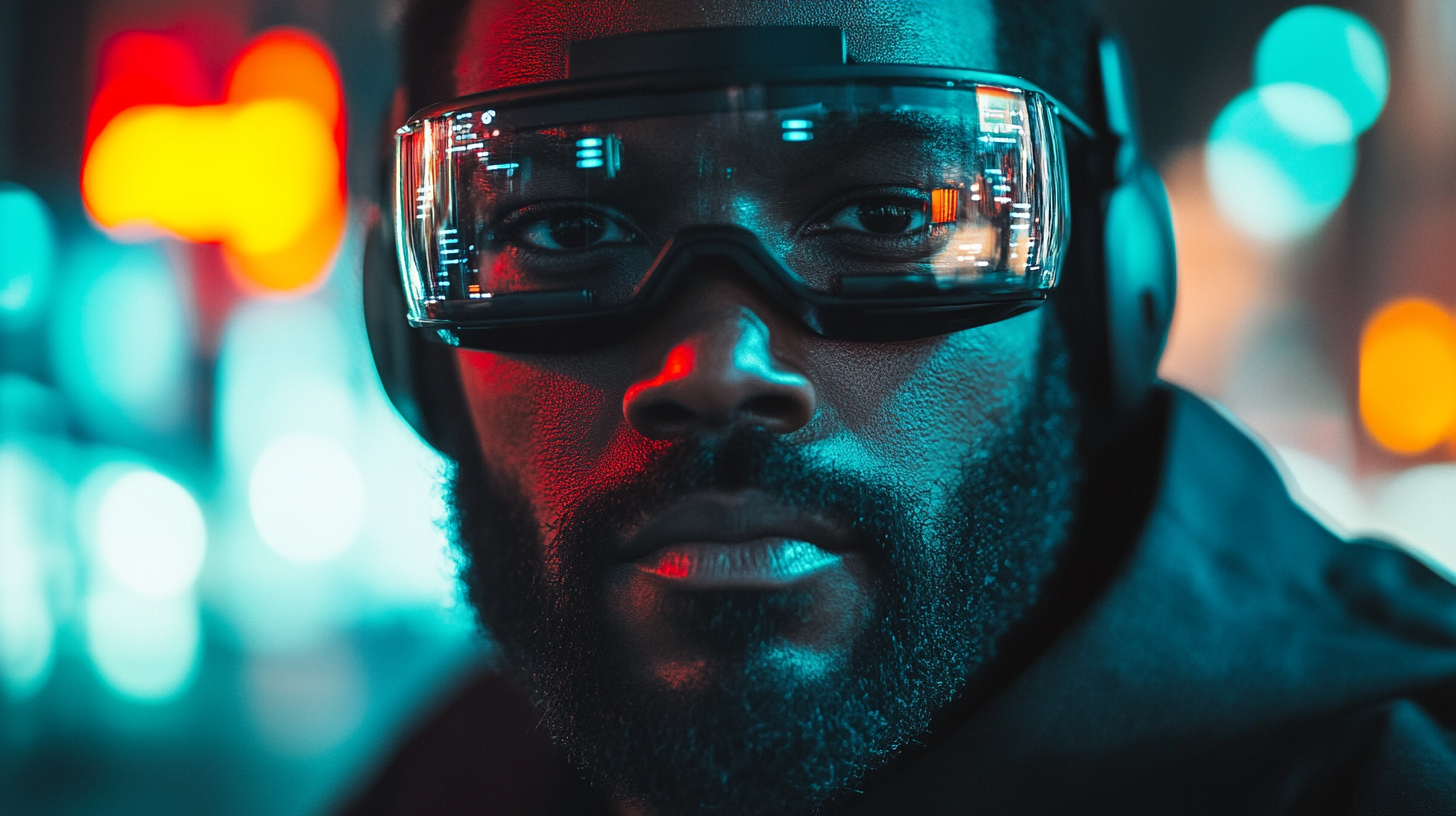


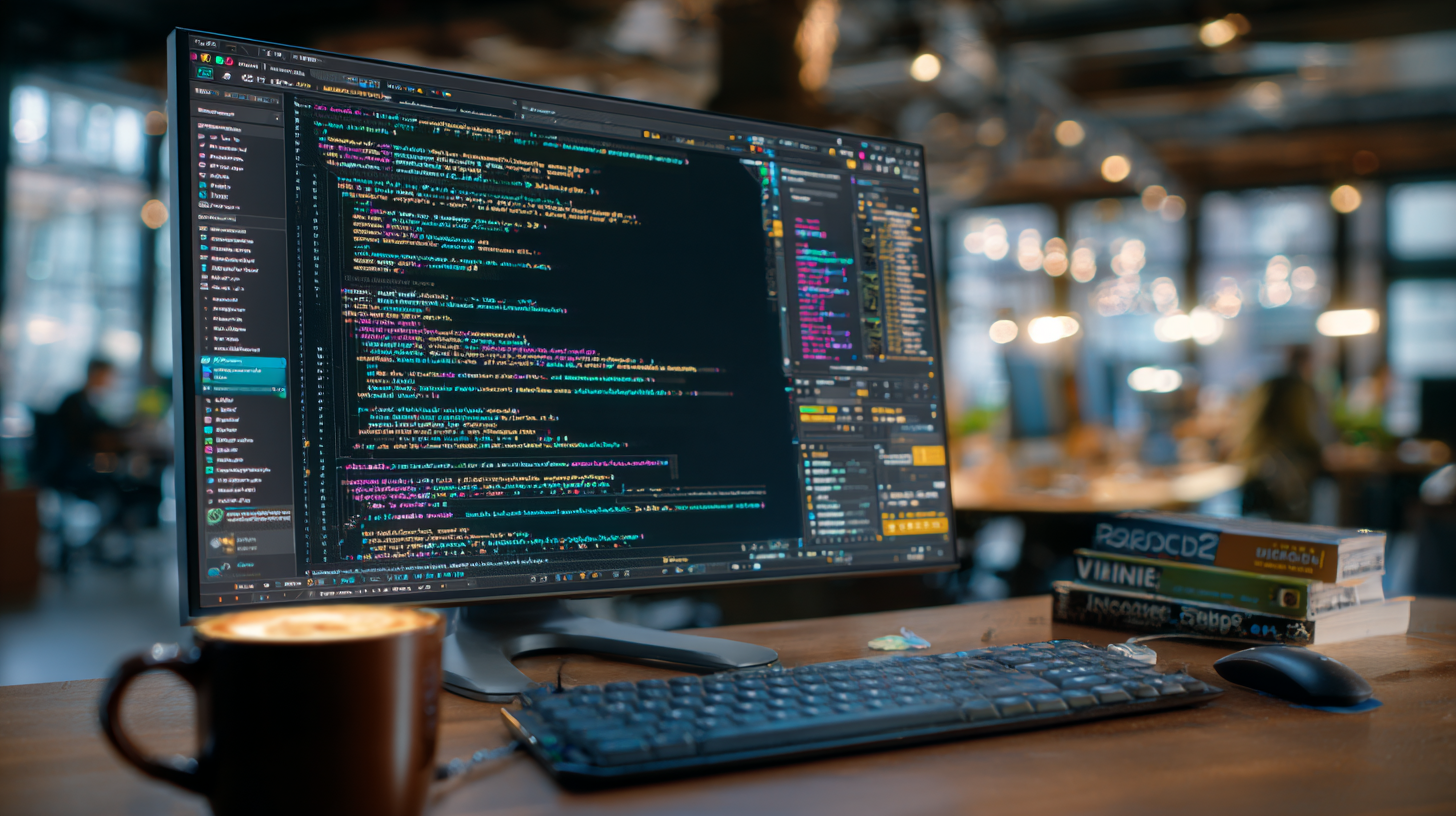
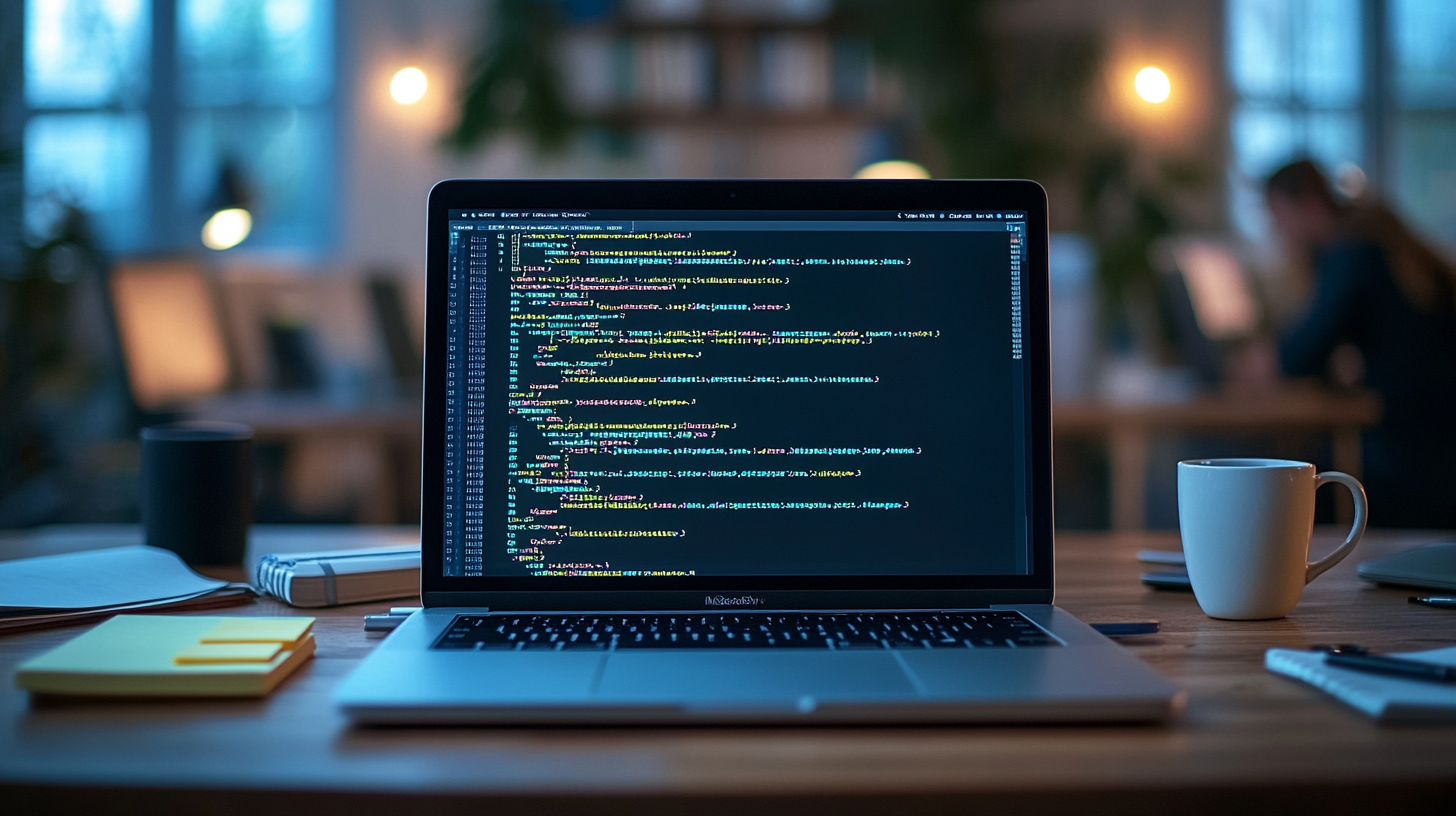
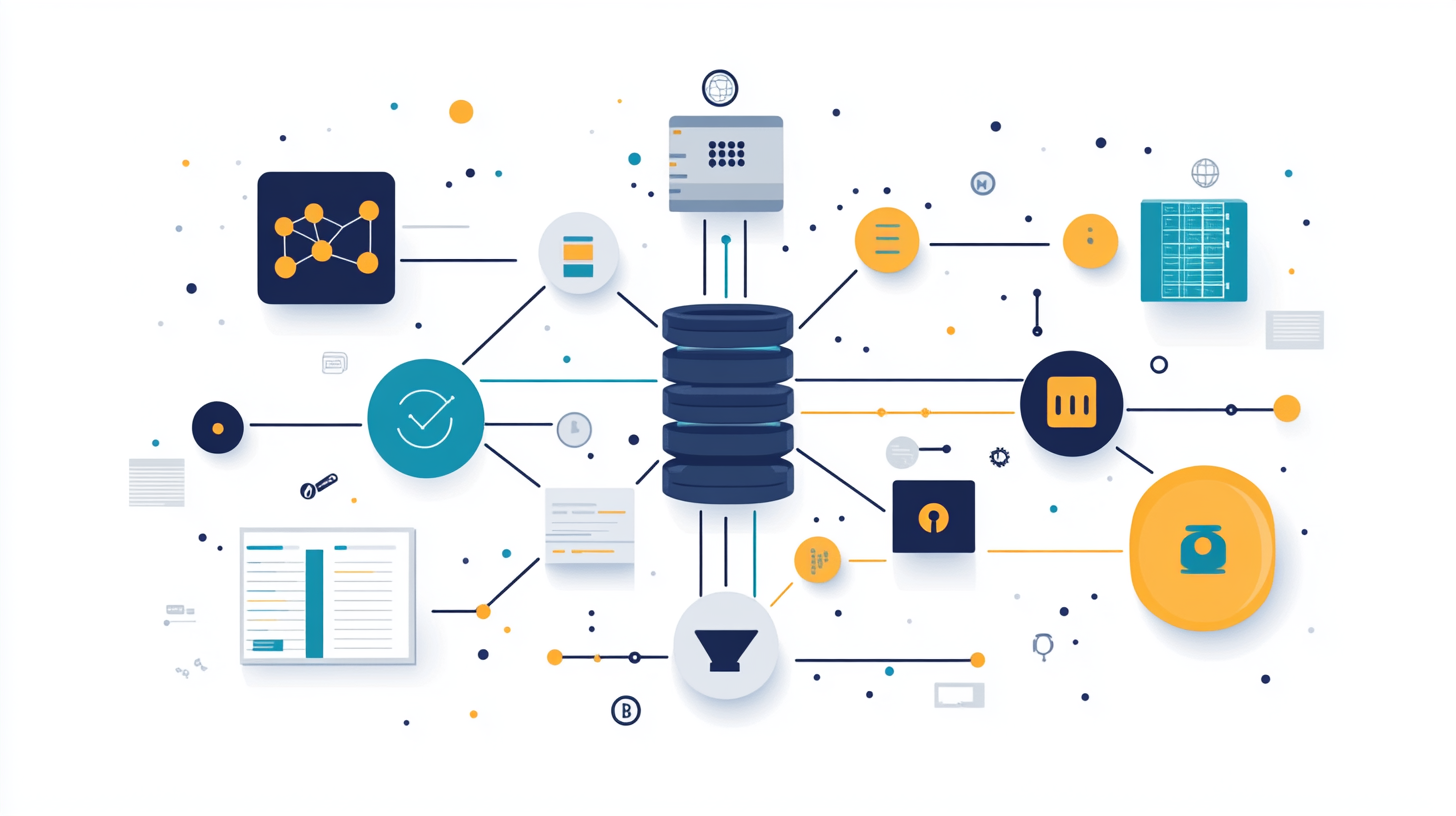

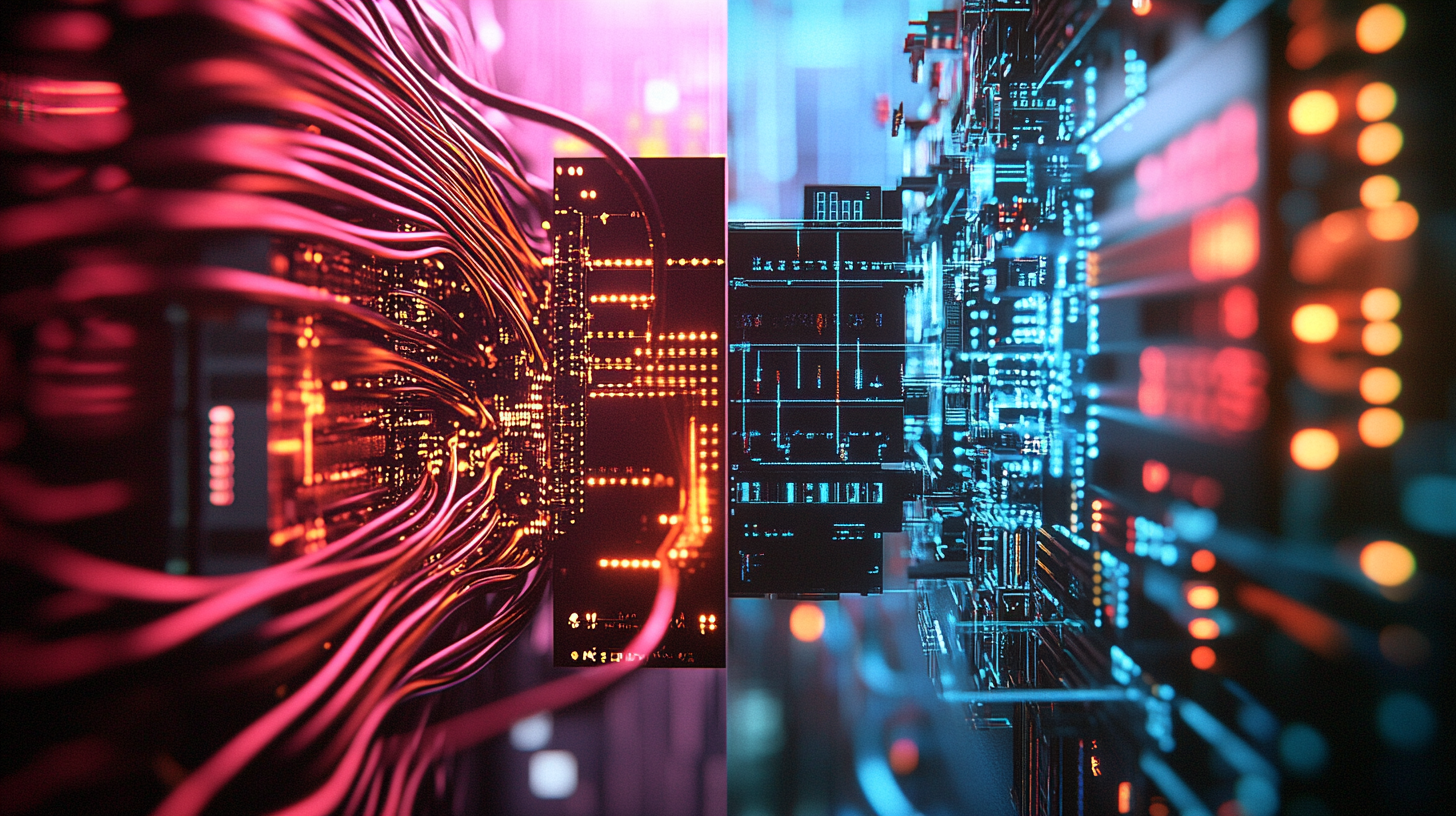
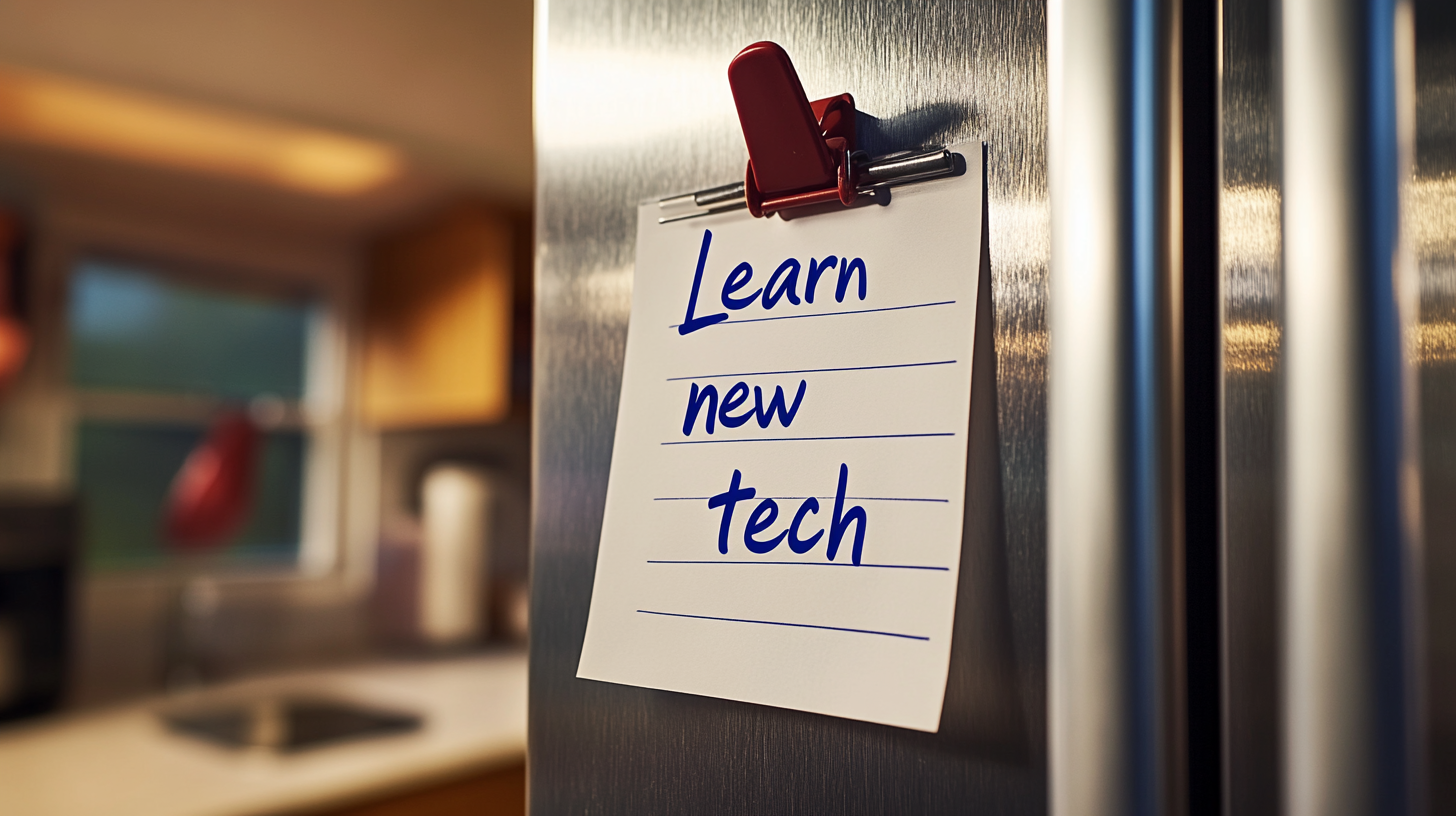



Discussion